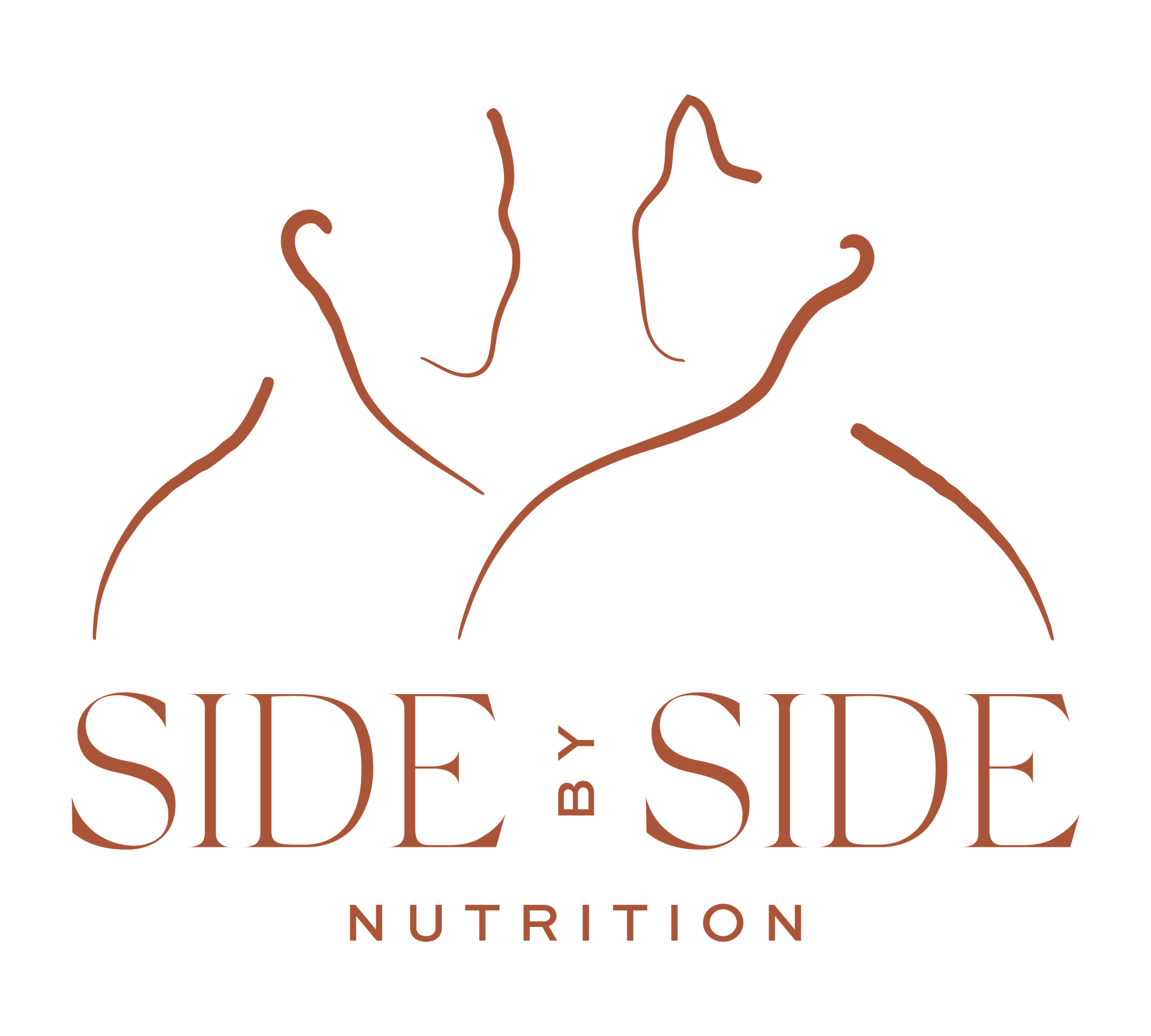Why is Anorexia Becoming More Common in Adolescents?
Which age group is most likely to have anorexia?
In recent years, the prevalence of anorexia nervosa among adolescents has been on the rise. Though anorexia can affect anyone of any age and/or gender, girls and young women between 13 and 19, and young women in their early 20s are more at risk. According to the Journal of Pediatrics, from 2018-2022, health visits related to eating disorders more than doubled for adolescents and children under the age of 17.
Understanding the factors contributing to this increase is crucial for prevention and early intervention.
Why are eating disorders on the rise?
Social Media and Cultural Pressures
One of the most significant factors contributing to the rise of anorexia in adolescents and teens is the pervasive influence of social media and cultural pressures. Different social media platforms such as Instagram, TikTok, and Snapchat often showcase unrealistic body ideals and promote a narrow definition of beauty. Adolescents and teens, who are at a vulnerable stage of developing their self-identity, can be particularly susceptible to these messages. The constant exposure to images of thin, seemingly perfect bodies along with the message that this is the “body ideal” can lead to body dissatisfaction and an unhealthy desire to achieve similar physiques. The Tech Transparency Project is working to hold big tech accountable for the unhealthy, dangerous amplification of unhealthy body ideals promoted by “thinstagram” and other social media.
Peer Pressure and Bullying
Peer pressure and bullying also play a critical role in the development of anorexia among adolescents. Teens may face teasing or criticism about their weight and appearance from their peers, which can lead to feelings of inadequacy and low self-esteem. In an attempt to fit in or avoid negative attention, some adolescents may turn to extreme dieting and weight control measures, putting them at risk of developing anorexia.
Family Dynamics and Genetics
Family dynamics and genetics are important factors to consider as well. Adolescents who grow up in environments where there is a high emphasis on appearance and dieting are more likely to develop disordered eating behaviors. Additionally, there is evidence to suggest that genetic factors can predispose individuals to eating disorders. If a family member has struggled with anorexia or another eating disorder, an adolescent may be at higher risk.
Psychological Factors
Psychological factors, such as perfectionism, anxiety, and depression, are commonly associated with anorexia. Adolescents and teens who have perfectionist tendencies may set unattainably high standards for themselves, including unrealistic body image goals. Anxiety and depression can exacerbate these tendencies, creating a cycle of negative thoughts and behaviors that contribute to the development and maintenance of anorexia.
Lack of Awareness and Education
Despite increased awareness of eating disorders, there is still a huge lack of comprehensive education about the dangers and signs of anorexia. Many adolescents and their parents may not recognize the early warning signs, delaying intervention and treatment. Early intervention is key! Schools and communities often lack resources and programs dedicated to mental health and eating disorder education, leaving many teens without the support they need.
The Role of Diet Culture
Diet culture, which glorifies weight loss and promotes dieting as a way to achieve health and happiness, also significantly contributes to the rise of anorexia in adolescents. This pervasive culture can lead young people to believe that their worth is tied to their appearance and that being thin is synonymous with being successful and attractive. The normalization of dieting behaviors or even “healthy eating” can mask the development of more serious eating disorders, making it harder to identify and address them early on.
Addressing the Issue
The increasing prevalence of anorexia among adolescents is a complex issue influenced by social, cultural, psychological, and genetic factors. By understanding these contributing factors and taking proactive steps to address them, we can work towards preventing serious disordered eating and eating disorders! If you suspect that an adolescent or teen in your life may be struggling with anorexia or another eating disorder, please don’t hesitate to seek professional help and provide the support they need to recover
Get anorexia treatment with eating disorder dietitian nutritionists
Our expert dietitians provide weight-inclusive nutrition counseling to all ages and genders. The Side By Side team, dietitians based in Colorado Springs and Fort Collins, works with patients from all over the United States providing online nutrition therapy. We specialize in eating disorder recovery, intuitive eating, body image, weight-inclusive, Health at Every Size® nutrition counseling.
We offer online meal support and eating disorder support groups to help our patients build a compassionate, caring community.
We offer medical nutrition therapy for conditions like PCOS, Diabetes, and more for adolescents and adults. Together, through your grit and innate wisdom partnered with our experience and expertise, we support you in reaching your health goals so you can start living a life that empowers you.
